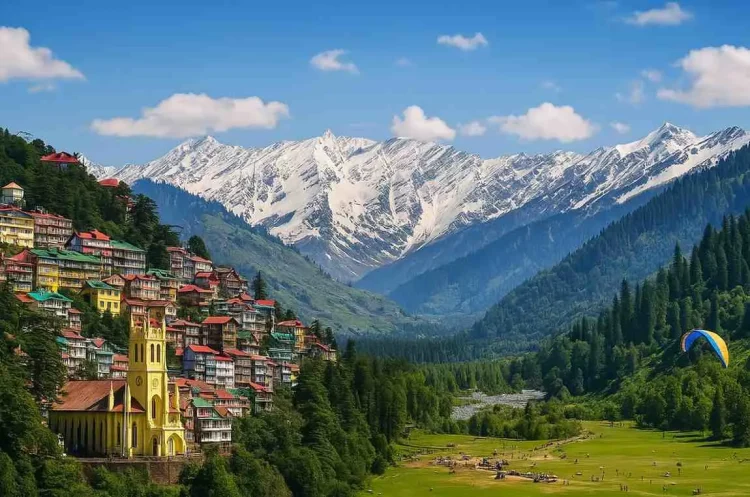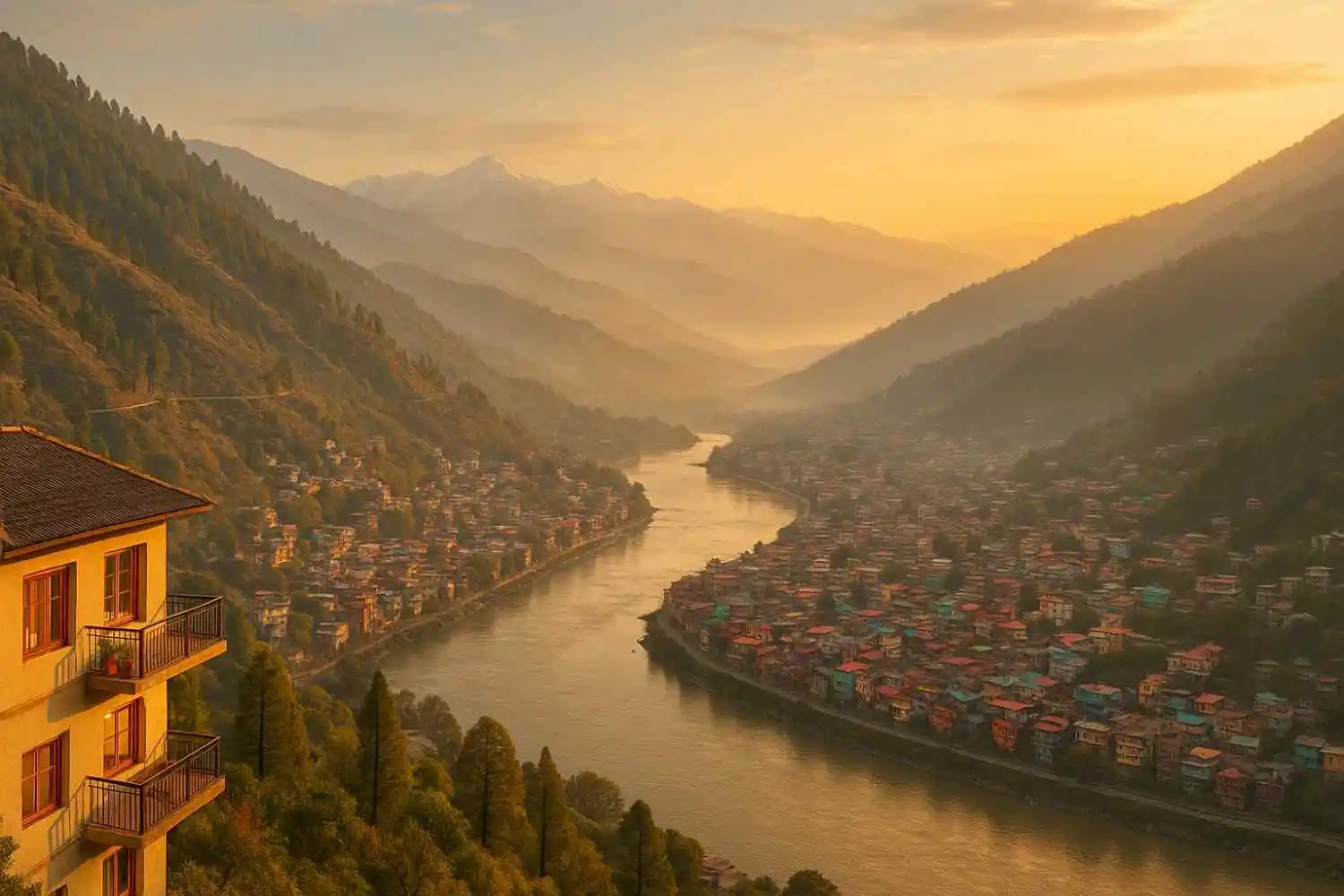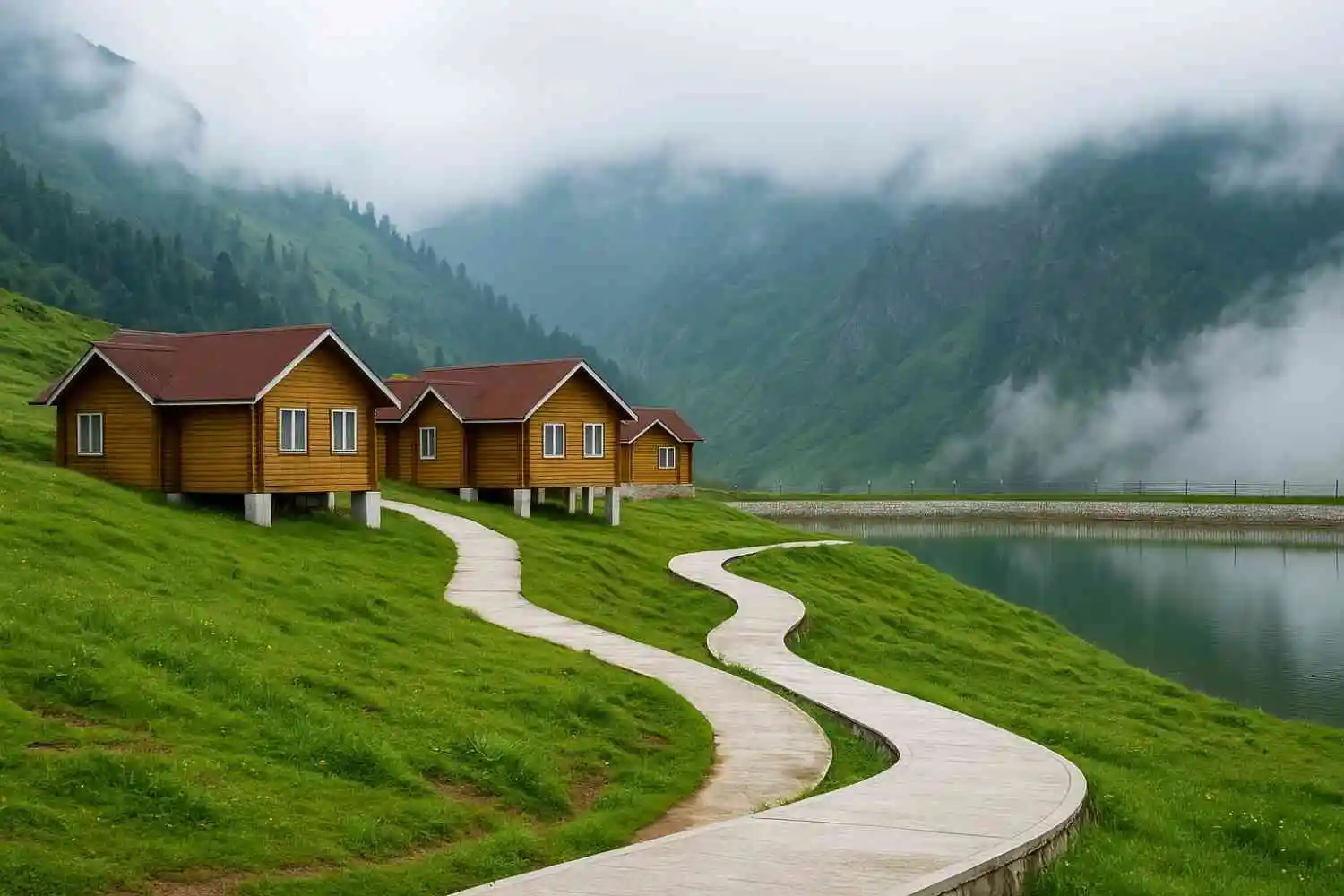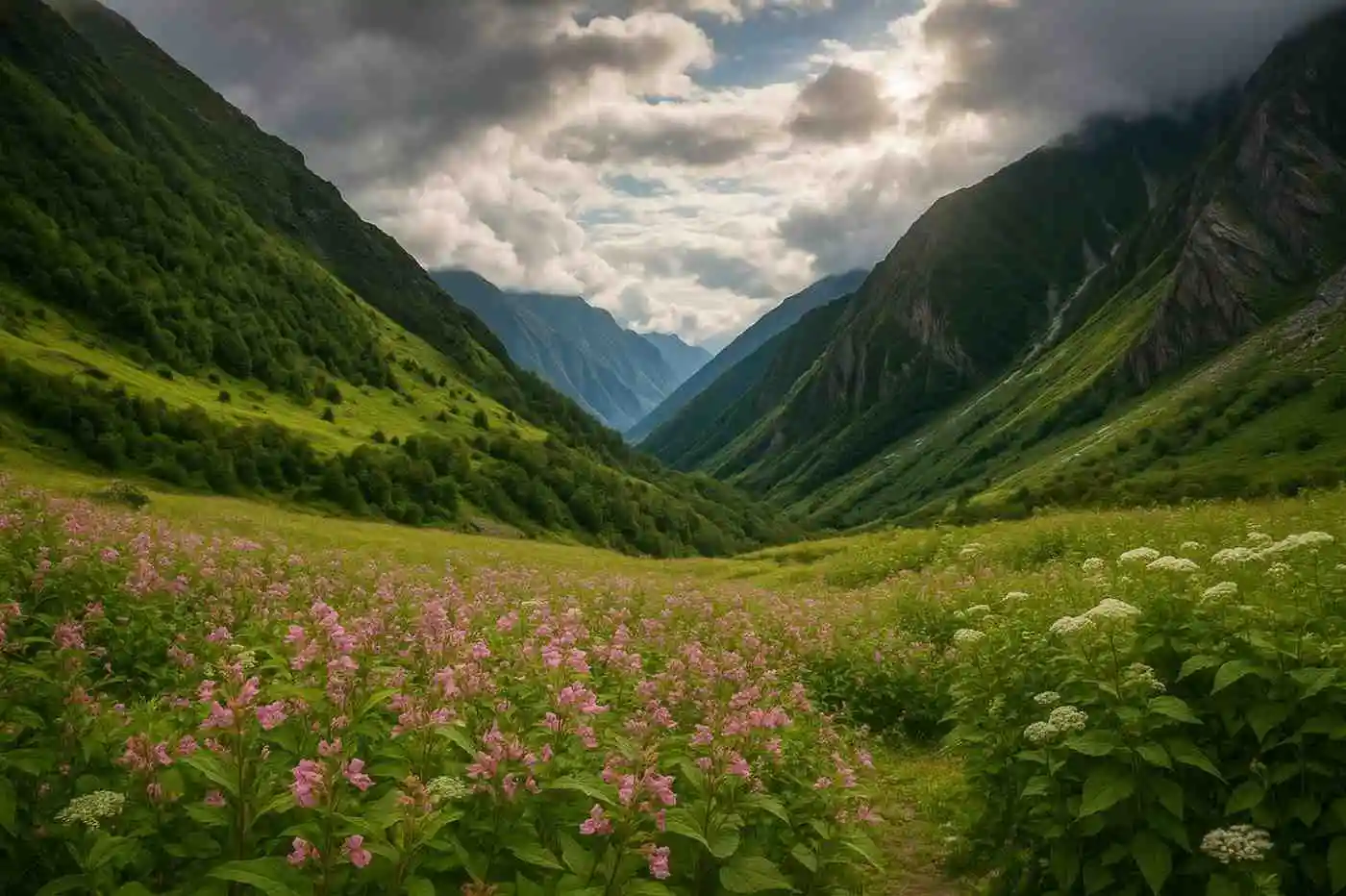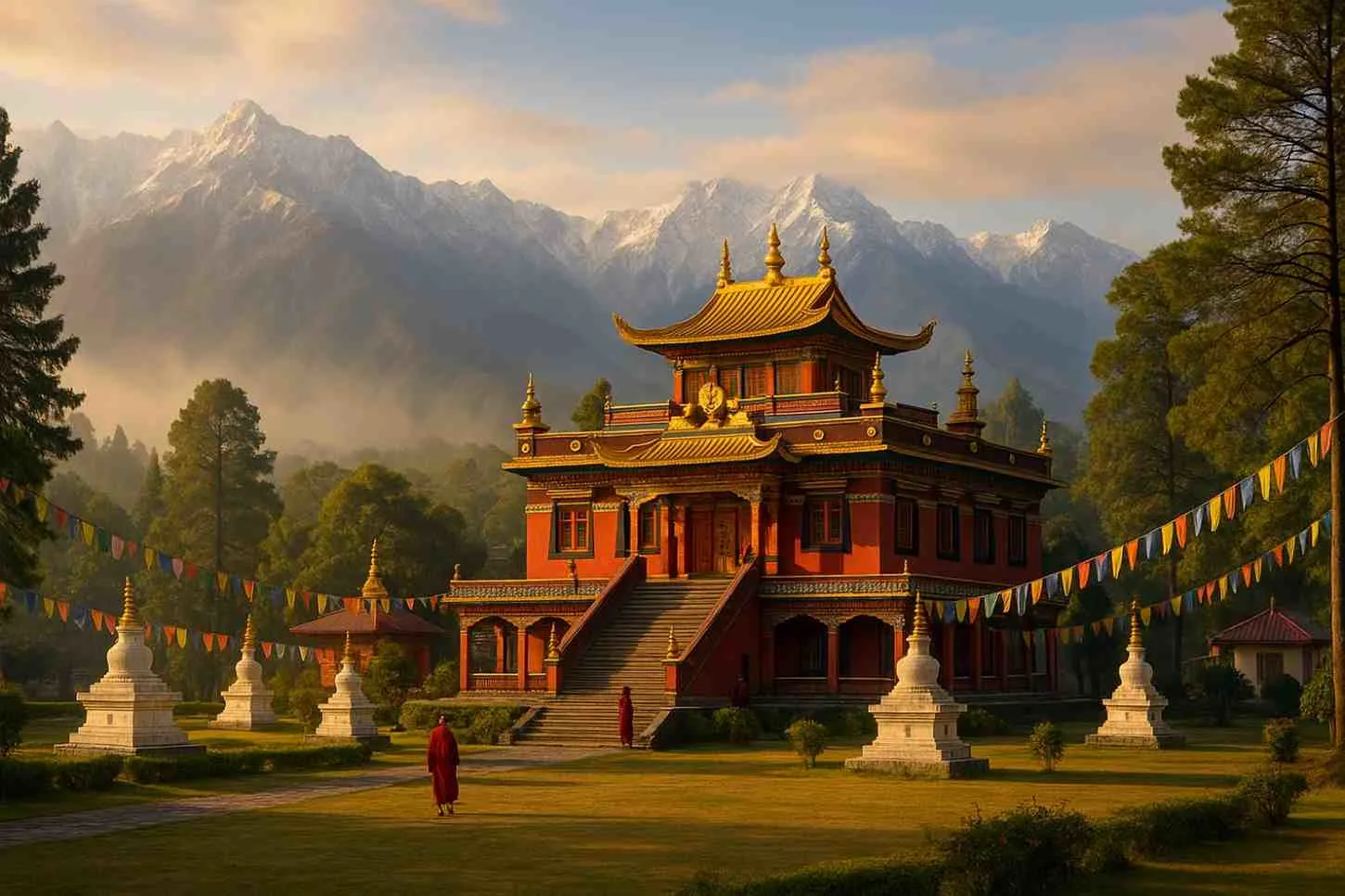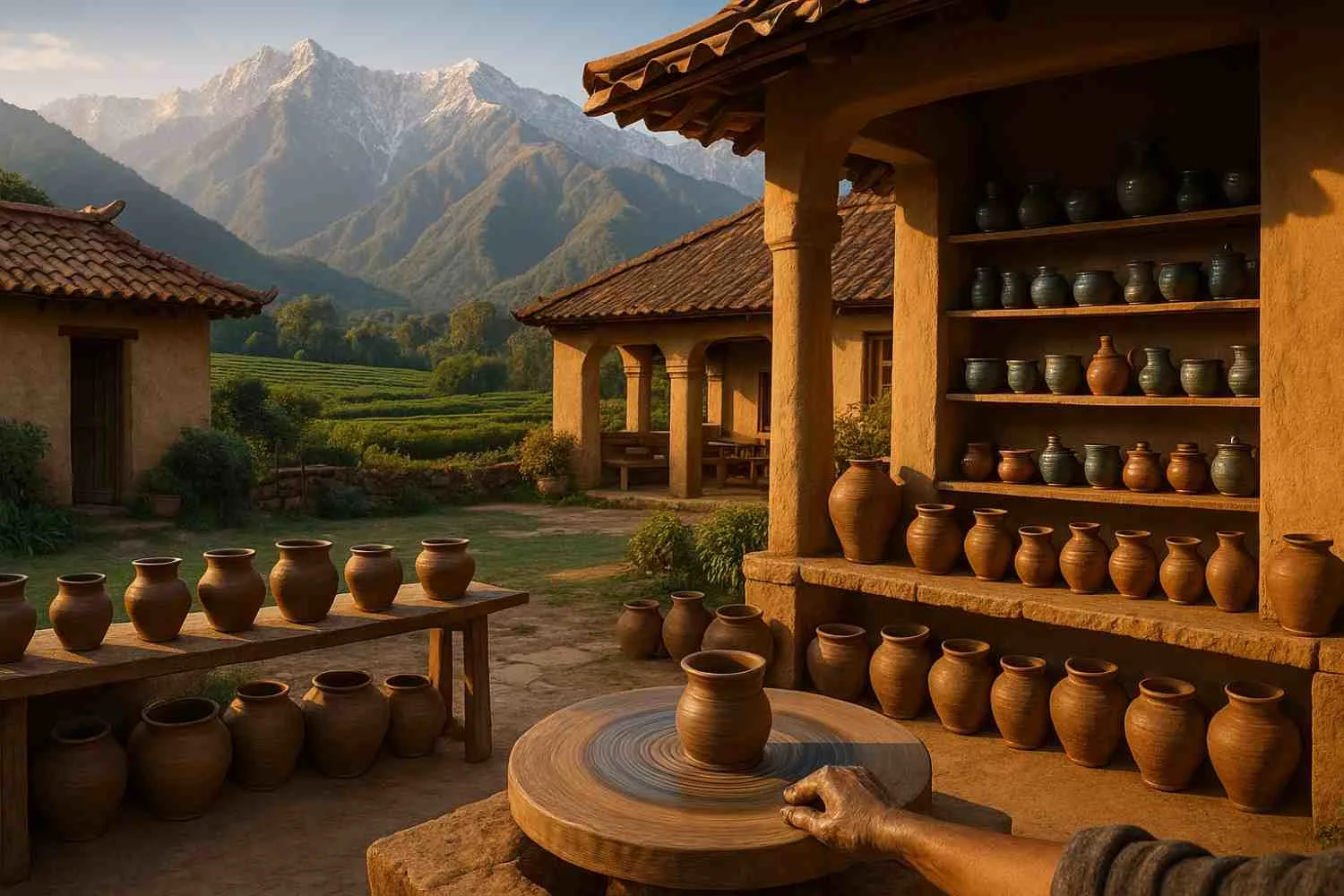Planning a hill‑station getaway but can’t decide between Shimla and Manali? Both are among Himachal Pradesh’s most visited destinations — yet each offers a different vibe, experience, and budget. Let’s compare them across weather, travel, attractions, stay and cost to help you choose the best for 2025. Whether you say “Manali or Shimla” or ponder “which is better”, this guide will help you decide.
Shimla and Manali Quick Comparison Table
| Category | Shimla | Manali |
| Altitude | ~2,205 m nitsaholidays.in+3Holidify+3WanderOn+3 | ~2,050 m WanderOn+1 |
| Best Season | March–June, Dec–Jan Trip Planners India+1 | April–June, Oct–Feb nitsaholidays.in+1 |
| Vibe | Colonial charm, family‑friendly Capture A Trip+1 | Adventure, nature, couples backpackingnomad.com |
| Major Attractions | Mall Road, Kufri, Jakhoo Temple Holidify | Solang Valley, Rohtang Pass, Old Manali Trip Planners India |
| Average Stay Cost (2 N/3 D) | ~₹6,000–₹10,000 indiatourismpackage.com | ~₹7,000–₹12,000 voyagersbeat.com |
| Ideal For | Families, first‑timers, short holiday | Adventure seekers, longer trips, honeymooners |
Weather & Best Time to Visit Shimla and Manali
Shimla Weather vs Manali Weather
- Shimla: Summers (March‑June) are pleasant (around 15‑30 °C) with good visibility. Winters (Dec‑Feb) are cold but moderate with occasional snowfall. WanderOn+1
- Manali: Summers (April‑June) cooler (10‑25 °C) and ideal for active trips. Winters (Dec‑Feb) are much colder with heavier snowfall, making it great for snow‑lovers but also more challenging. WanderOn+1
Snow & crowds: Manali wins for heavy snow and winter sports; Shimla offers more moderate snow and easier access. journeysandframes.in
Shimla and Manali Tourist Attractions
Places to Visit in Shimla vs Manali
1. Shimla:
- Mall Road – shopping, cafés, gentle walks
- Kufri – short ride away, snow in winter etc. Holidify
- Jakhoo Temple – hill‑top temple with views
- Chadwick Falls, heritage buildings
2. Manali:
- Solang Valley – adventure sports, skiing
- Rohtang Pass – high mountain pass (seasonal)
- Old Manali – rustic village atmosphere
- Hidimba Temple & Vashisht Hot Springs – nature & spiritual spots
Want to explore lesser‑known gems? Check our guide on Hidden Tourist Places in Himachal Pradesh.
Things to Do in Shimla and Manali
1. Shimla:
- Toy train ride on the narrow‑gauge line
- Heritage walk around colonial architecture
- Shopping on Mall Road
- Sunset points, light trekking
2. Manali:
- Paragliding & skiing in Solang Valley
- River rafting, mountain biking
- Trekking into the wilderness
- Exploring the cafés of Old Manali
Shimla and Manali Accessibility & Travel Cost
1. Shimla:
- Well‑connected by train (Kalka‑Shimla toy train) and road. nitsaholidays.in
- Bus from Chandigarh/Delhi or cab.
- Shorter travel time from plains → better for short trips.
2. Manali:
- Mostly by road from Delhi or Chandigarh; nearest airport at Bhuntar (~50 km). Travel Thrive Hub
- Travel time longer, roads more winding.
Average fares: Bus ₹800‑₹1,500; cab ₹5,000‑₹7,000 one‑way (depending on season & pickup city).
Accommodation & Food in Shimla and Manali
1. Shimla:
- Variety of colonial‑era hotels, mid‑range stays, cafés along Mall Road.
- Food: Himachali cuisine, apple‑based desserts, relaxed dining.
2. Manali:
- Riverside resorts, homestays, backpacker hostels in Old Manali.
- Food: Rustic Himachali dhabas, trout fish, hip cafés in Old Manali.
Shimla and Manali Ideal Traveler Type (Decision Section)
1. Choose Shimla if you’re:
- Travelling with family or senior citizens
- Looking for shorter holiday (2‑3 days)
- Prefer easy access and moderate adventure
2. Choose Manali if you’re:
- An adventure seeker or couple after a longer, more immersive holiday
- Want snow sports, rugged nature, more remote villages
- Don’t mind longer travel and potentially rougher terrain
Final Verdict
Shimla for a relaxing, family‑friendly holiday; Manali for adventure, snow and mountain serenity.
Conclusion
Both Shimla and Manali are true crown jewels of Himachal Pradesh — each offering a unique flavour of the mountains. Your choice depends on what you’re looking for.
- If ease, accessibility, family comfort and old‑world charm matter to you, Shimla is the one.
- If you crave adventure, rugged nature, snow and a slightly freer, scenic pace, then Manali may win your heart.
Either way, the Himachal mountains won’t disappoint. Pack smart, choose your vibe, and enjoy the journey.
Until next time — happy travelling and exploring the Himalayas with Himalayas Digital.
FAQs
Where is Tashi Jong Monastery located?
In Tashi Jong village, near Palampur, Kangra District, Himachal Pradesh, India.
How far is Tashi Jong Monastery from Palampur and Dharamshala?
About 15 km from Palampur; roughly 60–65 km from Dharamshala (road-dependent).
What is the altitude of Tashi Jong Monastery?
Approximately 1,250–1,350 m above sea level (similar to Palampur’s elevation).
How can I reach Tashi Jong Monastery by road or train?
Road: Via NH-503 through Palampur/Baijnath; local turn-off to Tashi Jong.Train: Nearest major railhead is Pathankot (~120 km), then road transfer.
Is Tashi Jong Monastery open to visitors throughout the year?
Yes, year-round, subject to weather and monastery schedules.
What is the best way to reach Tashi Jong from Palampur?
Taxi is quickest; local buses also ply but are slower with more stops.
Does Tashi Jong Monastery charge any entry fee?
No, entry is generally free.
What are the visiting hours of Tashi Jong Monastery?
Typically 8 AM – 6 PM (confirm on arrival; prayer times may limit access to certain halls).
When was Tashi Jong Monastery established?
In the late 20th century.
Who founded Tashi Jong Monastery?
The Eighth Khamtrul Rinpoche is credited with its founding and guidance.
What is the historical significance of Tashi Jong Monastery?
It’s a key exile-era seat preserving Drukpa Kagyu teachings, arts, and community life.
Which Buddhist lineage or sect does Tashi Jong Monastery belong to?
Drukpa Kagyu (Kagyu tradition of Tibetan Buddhism).
What does the name “Tashi Jong” mean?
In Tibetan, “Tashi” implies auspicious, and “Jong” means fort/valley/seat—often read as “Auspicious Valley/Seat.”
What role does Tashi Jong play in Tibetan Buddhism?
It serves as a teaching, practice, and cultural center for the Drukpa Kagyu lineage.
Is Tashi Jong Monastery associated with Khamtrul Rinpoche?
Yes, it is a principal seat of the Khamtrul Rinpoche lineage
What is the architectural style of Tashi Jong Monastery?
Traditional Tibetan monastery style—tiered roofs, vivid colors, dharma symbols.
What makes the design of Tashi Jong Monastery unique?
Its harmonious setting with the Dhauladhar, intricate murals, and stupas accenting landscaped courtyards.
What can visitors see inside the monastery complex?
Prayer halls, murals, statues, chortens, prayer wheels, and quiet gardens.
Are there monks living at Tashi Jong Monastery?
Yes, it’s an active monastic community.
Does Tashi Jong have a prayer hall or meditation area open to tourists?
The main prayer hall is generally accessible to respectful visitors during open hours.
Are photography and videography allowed inside the monastery?
Outside—usually fine. Inside halls—ask permission; no flash and no disturbance.
What are the main festivals celebrated at Tashi Jong Monastery?
Losar (Tibetan New Year) and select Cham (masked dance) days, among other auspicious dates.
What cultural or religious events are held annually?
Ritual prayer ceremonies, teachings, and masked dances tied to the Tibetan lunar calendar.
What are the top things to do at Tashi Jong Monastery?
Observe prayers, explore the Khampagar complex, shop for crafts, and enjoy mountain vistas
How much time is needed to explore Tashi Jong Monastery?
1–2 hours comfortably; longer if you linger for prayers or photography.
Are guided tours available for visitors?
Formal tours are limited; ask on site—sometimes a monk or staff member may offer brief guidance.
Is there any dress code for entering the monastery?
Modest clothing covering shoulders and knees is recommended.
Are there restaurants or cafes near Tashi Jong Monastery?
Small local eateries/tea stalls may be nearby; broader options in Palampur.
What are the accommodation options near Tashi Jong?
Guesthouses and hotels in Palampur and Baijnath suit various budgets.
Is the monastery suitable for family visits?
Yes—peaceful and educational for families with respectful children.
Are toilets and basic facilities available for tourists?
Basic facilities are typically available; carry essentials and cash.
Which places can I visit near Tashi Jong Monastery?
Andretta, Baijnath Temple, Palampur Tea Gardens, Bir Billing.
How far is Tashi Jong from Andretta Artist Village?
Around 10 km.
Can I visit Baijnath Temple and Tashi Jong on the same day?
Yes—20 km apart, commonly combined.
Are there trekking routes or scenic spots near Tashi Jong?
The Kangra Valley offers gentle village walks, tea-garden strolls, and ridge viewpoints.
Is Tashi Jong close to Palampur Tea Gardens?
Yes—about 12 km.
How far is Bir Billing from Tashi Jong Monastery?
Roughly 35 km by road.
What is the best time to visit Tashi Jong Monastery?
March–June and Sep–Nov for clear views and festivals.
How is the weather in Tashi Jong throughout the year?
Pleasant spring, monsoon rains in July–Aug, clear autumn, chilly winters.
Is winter a good season to visit Tashi Jong?
Yes, if you enjoy quiet and crisp air; carry warm clothing.
When are the major festivals or prayer ceremonies held?
Around Losar and specific lunar dates; check locally for exact schedules.
What meditation or spiritual programs are offered at Tashi Jong?
Primarily monastic programs; short public teachings may occur—ask on arrival.
Can tourists participate in Buddhist prayers or rituals?
You may observe quietly; participation is limited and subject to monastery guidance.
Is there a monastery guesthouse for visitors?
Accommodation is generally external; inquire locally if any limited stays are allowed during events.
Are there any souvenir or handicraft shops inside Tashi Jong?
Yes—small craft shops often sell incense, prayer flags, art prints, and handmade items.
What rules should visitors follow at the monastery?
Silence, modest dress, no shoes in halls, no disruptive photos, and respect prayer times.
What is the daily routine of monks at Tashi Jong Monastery?
Morning/evening prayers, study, ritual practice, community chores, and personal meditation.
Is Tashi Jong Monastery eco-friendly or sustainable?
Practices tend to be low-impact, with traditional materials and careful resource use typical of monastic life.
Why is Tashi Jong Monastery famous among tourists and pilgrims?
For its serenity, authentic Tibetan culture, and Dhauladhar backdrop—a rare, unhurried atmosphere.
What is the distance between Tashi Jong and Kangra Airport?
Approximately 40 km.
How safe is Tashi Jong Monastery for solo travelers?
Generally safe; standard rural travel precautions apply.
What is the nearest bus stop or railway station to Tashi Jong?
Local buses connect via nearby villages/Palampur; major rail is Pathankot.
Can foreigners visit and stay near Tashi Jong Monastery?
Yes—foreigners can visit; stays are best arranged in Palampur/Baijnath.
What makes Tashi Jong Monastery a must-visit place in Himachal Pradesh?
Its living spiritual heritage, Tibetan artistry, and mountain calm—all within easy reach of Palampur.
